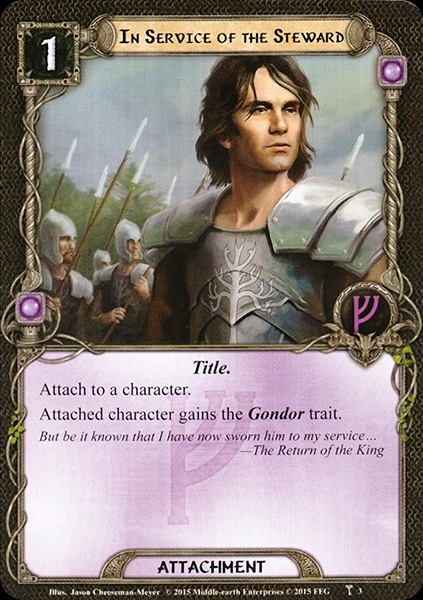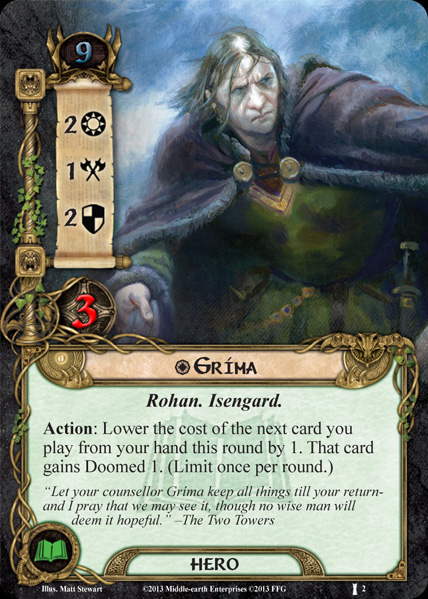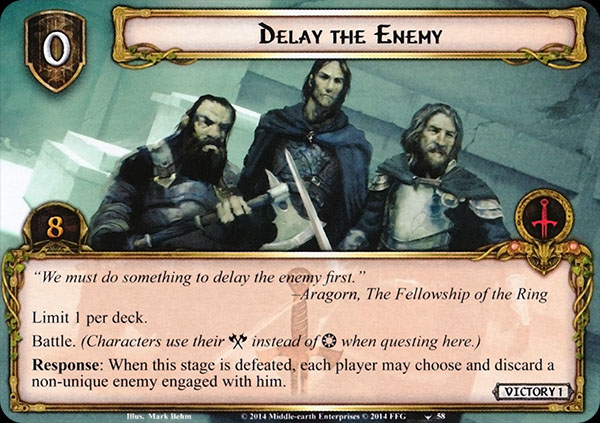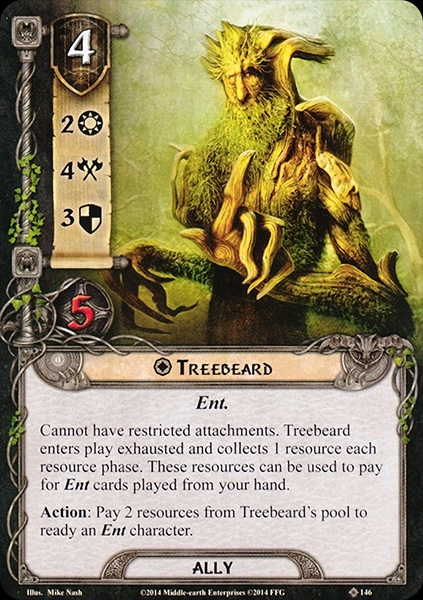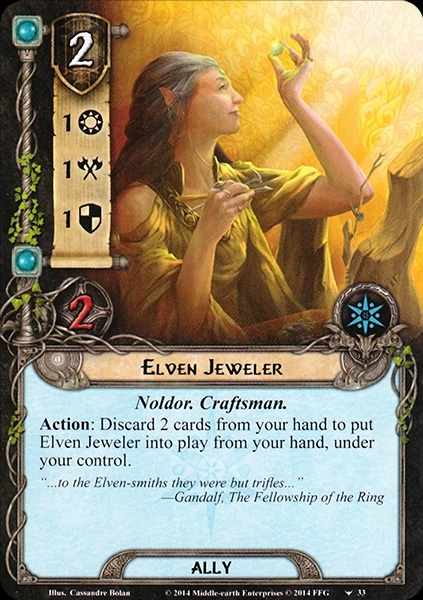It seems like this should have cost zero, or come with a card draw like Mighty Warrior, Fearless Scout, Diligent Noble, Song of Eärendil, or Doughty Ranger. Even those examples usually end up as binder fodder, and this is significantly worse. This matches the (awful) template of Nor am I a Stranger (Rohan) and Elf-friend (Silvan and Noldor), which similarly should have had a card draw attached or cost reduced.
If you need the Gondor trait and Steward of Gondor isn't enough, maybe consider Elessar before In Service of the Steward.
